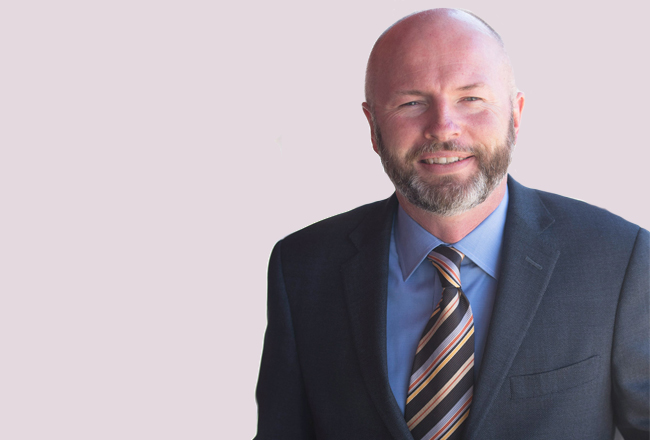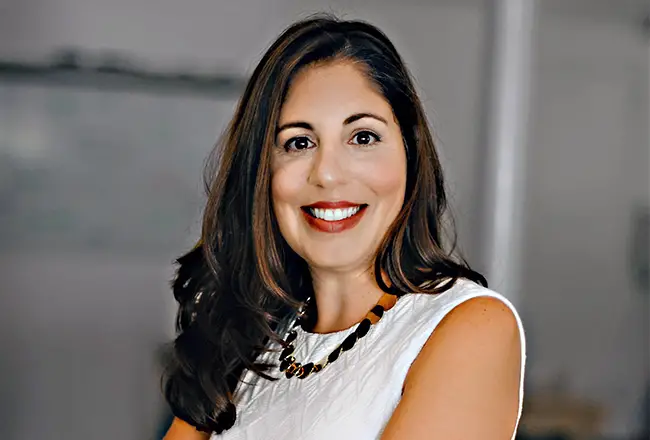As advocates for an American energy future that provides customers with access to reliable and affordable power, we have often pointed out the important role of infrastructure that gets energy supplies to market. Unfortunately, the state of our nation”™s energy transmission infrastructure isn”™t close to prepared to meet current demand and support future volume.

According to the Energy Information Administration, the use of natural gas to heat our homes will rise to nearly 40 percent by 2050. However, according to the World Economic Forum, the U.S. ranks a disappointing 10th in terms of infrastructure quality, lagging behind countries such as Japan, France, the United Arab Emirates and South Korea. While America”™s natural gas boom is one of the great success stories of the past 30 years, infrastructure isn”™t keeping pace.
A significant part of getting natural gas supplies to market is educating state leaders, some of whom have targeted energy projects to score political points at the expense of their constituents.
Gov. Andrew Cuomo has repeatedly voiced opposition to new pipeline projects in the Northeast over the past five years, including the Constitution, Northern Access and Williams projects. This despite the East Coast lacking adequate energy pipeline infrastructure that can support its booming population and New York state being the fifth-largest natural gas consumer for electric power generation. Earlier this year, Con Edison announced a moratorium on new natural gas customers. The reason? The utility said, “new demand for gas is reaching the limits of the current supplies to our service area.” No new pipelines. No new gas customers.
But Westchester residents won”™t be the only ones to feel the effects of the Cuomo-forced moratorium. On March 14, just one day before the March 15 deadline, the state announced it was advancing a taxpayer-funded $250 million Westchester Clean Energy Investment Program in an attempt to try to lessen the blow of the moratorium. The state is suggesting that investing in measures like electric heat pumps and high-efficiency appliances will reduce demand enough that Con Edison can serve more customers.
But this flashy program is only a distraction from the problem New Yorkers are facing when viable solutions are right in front of us. The Federal Energy Regulatory Commission (FERC) concluded the Williams pipeline”™s environmental impact would be minimal and could ease supply constraints for the gas utilities on Long Island and in New York City. Low environmental impact and much-enhanced access to natural gas supplies would seem to be a winning bargain for New Yorkers, a point Cuomo would be wise to consider.
Even the Environmental Defense Fund, an organization not known for fossil fuel advocacy, has voiced its concerns regarding New York”™s lack of pipeline infrastructure, telling the New York State Public Service Commission at a hearing that political posturing to oppose pipeline infrastructure in New York is “not an effective climate policy.” Jonathan Peress, senior director of energy market policy for the Environmental Defense Fund, points out that natural gas utilities and pipelines “have an important role to play” in achieving climate goals.
What”™s happening in New York is an important lesson for policymakers everywhere: with the stakes so high, America can”™t afford to play political games with energy infrastructure, especially when federal regulators and environmentalists both say those projects are winning pieces for the future of both our nation and our world”™s climate. We also can”™t afford to underestimate the value of natural gas, a fuel that helps keep the lights on for families and businesses without sacrificing long-term environmental goals.
Paul Griffin is the executive director of Energy Fairness, a nonprofit energy policy organization that brings together consumers, policymakers and other stakeholders to discuss energy policy in a fact-based, nonpartisan manner. Griffin has over 13 years of experience in the electric utility industry. He can be reached at paul@energyfairness.org.




















